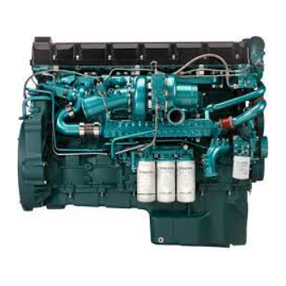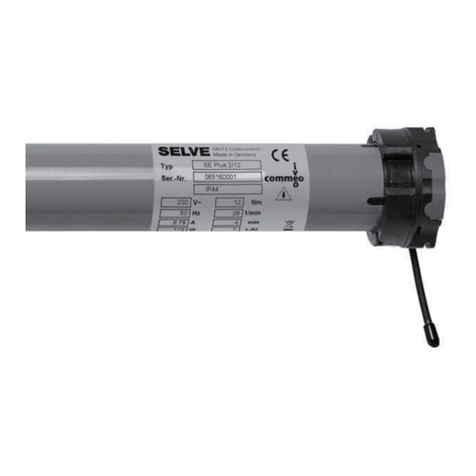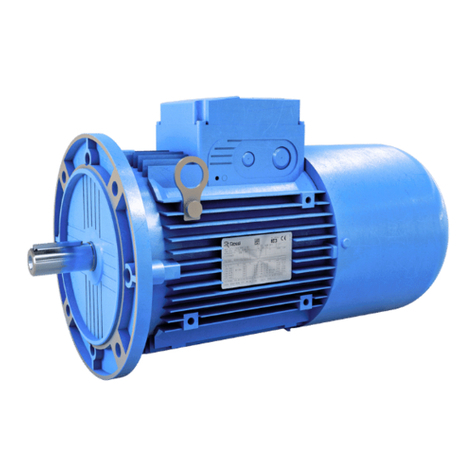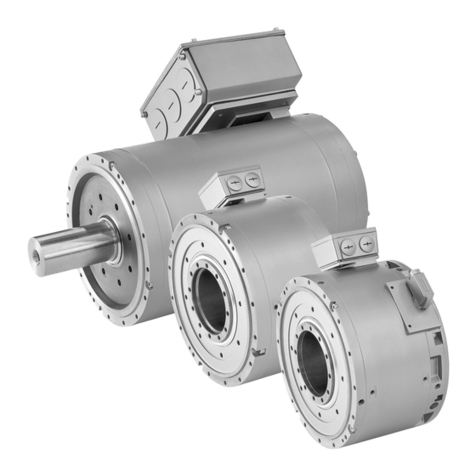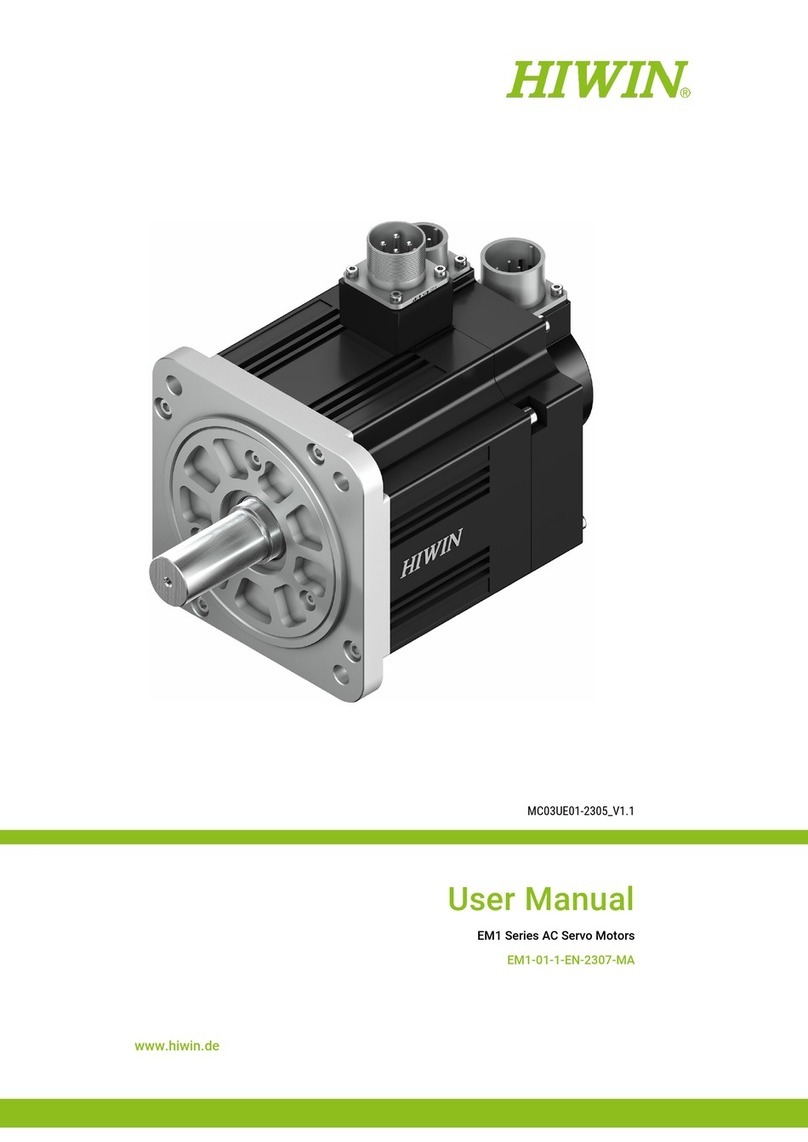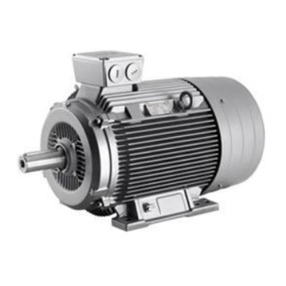Volvo MD5A Instruction manual
Other Volvo Engine manuals

Volvo
Volvo 819 E User manual
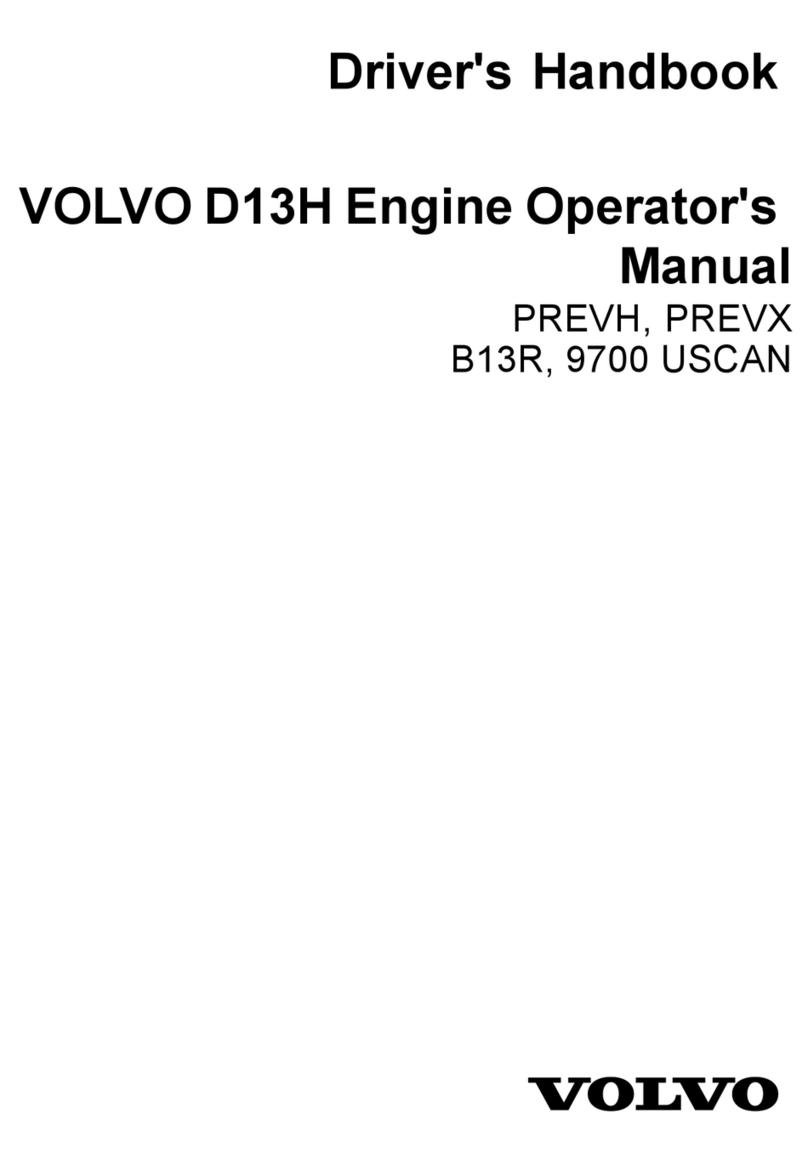
Volvo
Volvo D13H User manual

Volvo
Volvo D5 series User manual
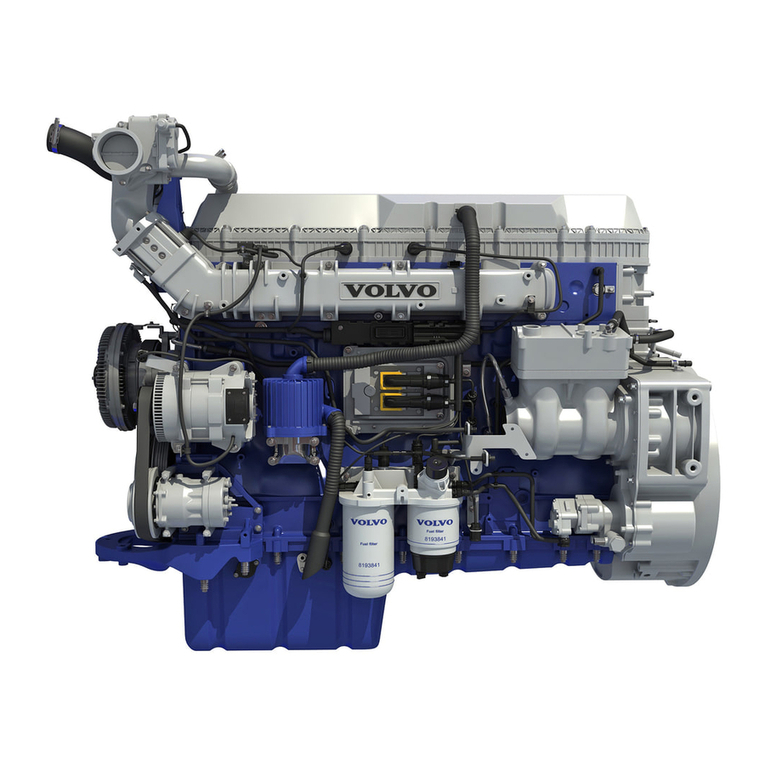
Volvo
Volvo D13 User manual
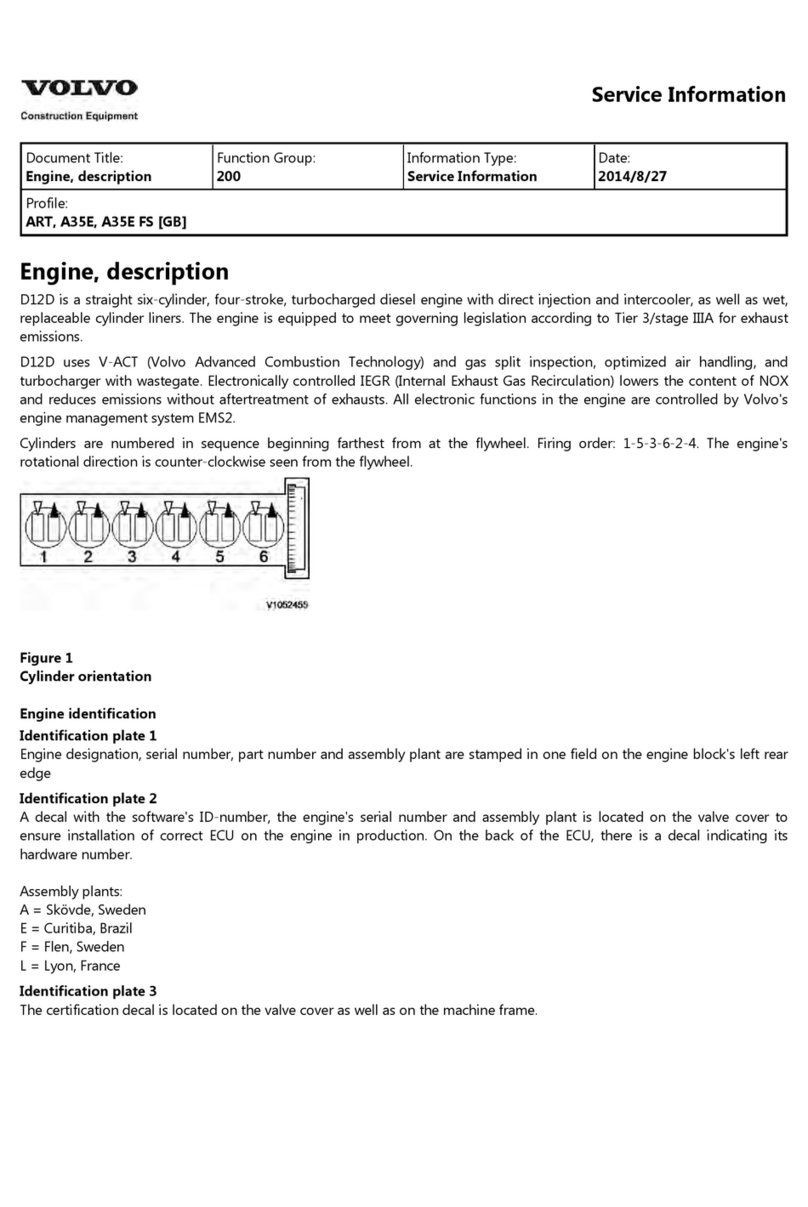
Volvo
Volvo D12D Operating and installation instructions

Volvo
Volvo D1-13 B Instruction manual
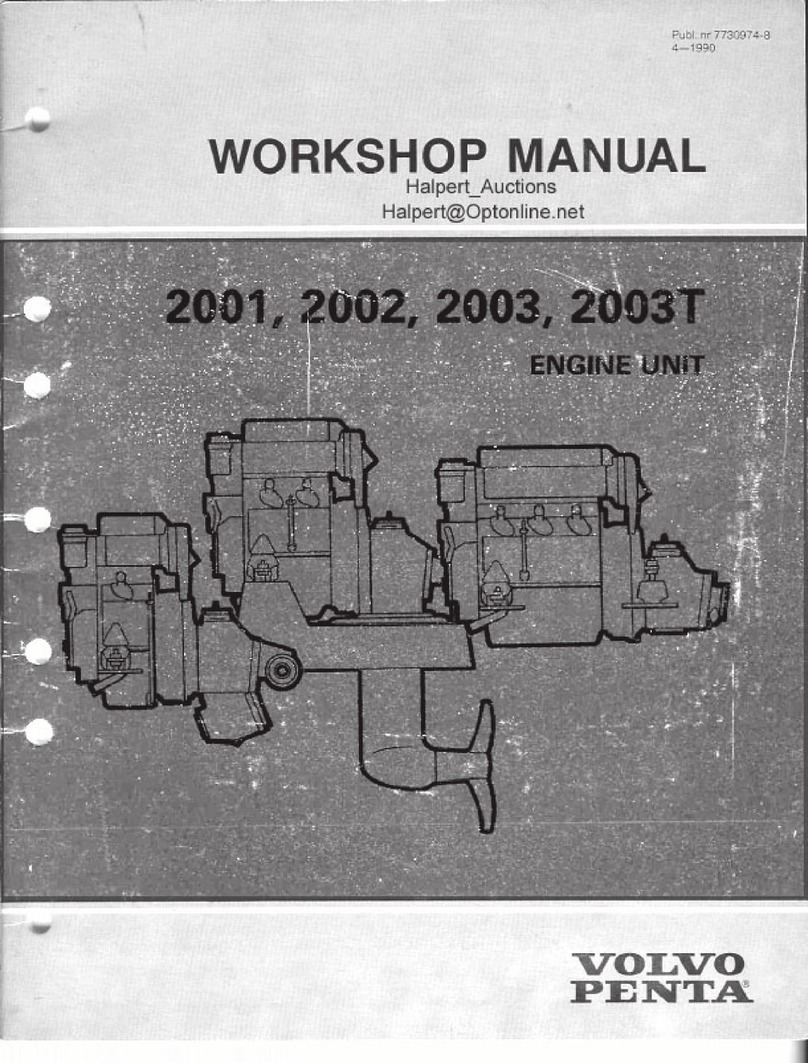
Volvo
Volvo 2001 User manual

Volvo
Volvo B5254T3 User manual

Volvo
Volvo D20 User manual

Volvo
Volvo TAD1344GE Instruction manual

Volvo
Volvo 5.0OSiE-J User manual

Volvo
Volvo TD420VE User manual
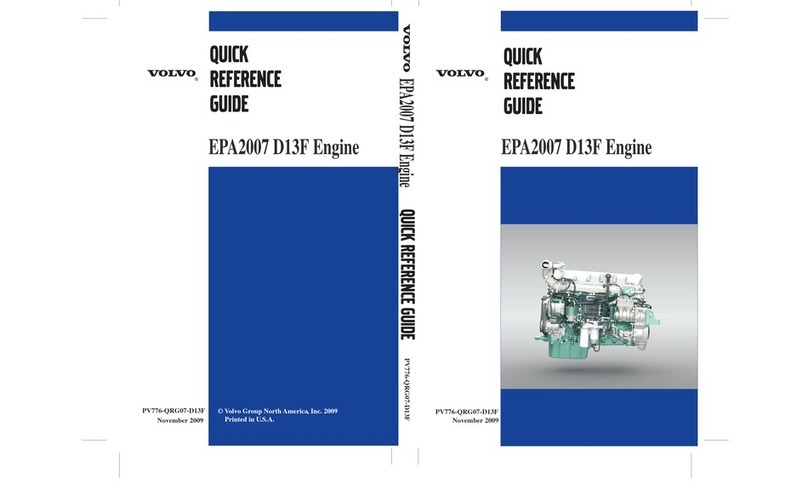
Volvo
Volvo EPA2007 D13F User manual

Volvo
Volvo D13 User manual
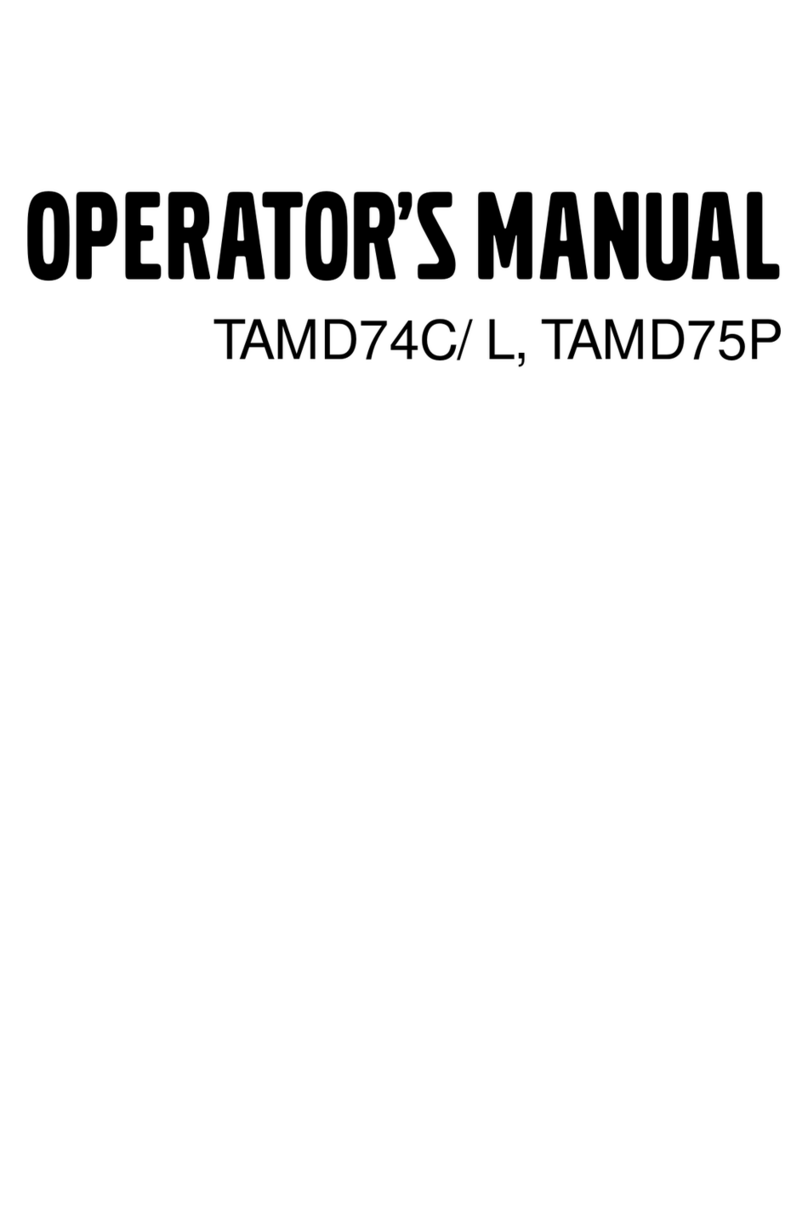
Volvo
Volvo TAMD75P User manual

Volvo
Volvo TAD734GE User manual

Volvo
Volvo D13J User manual
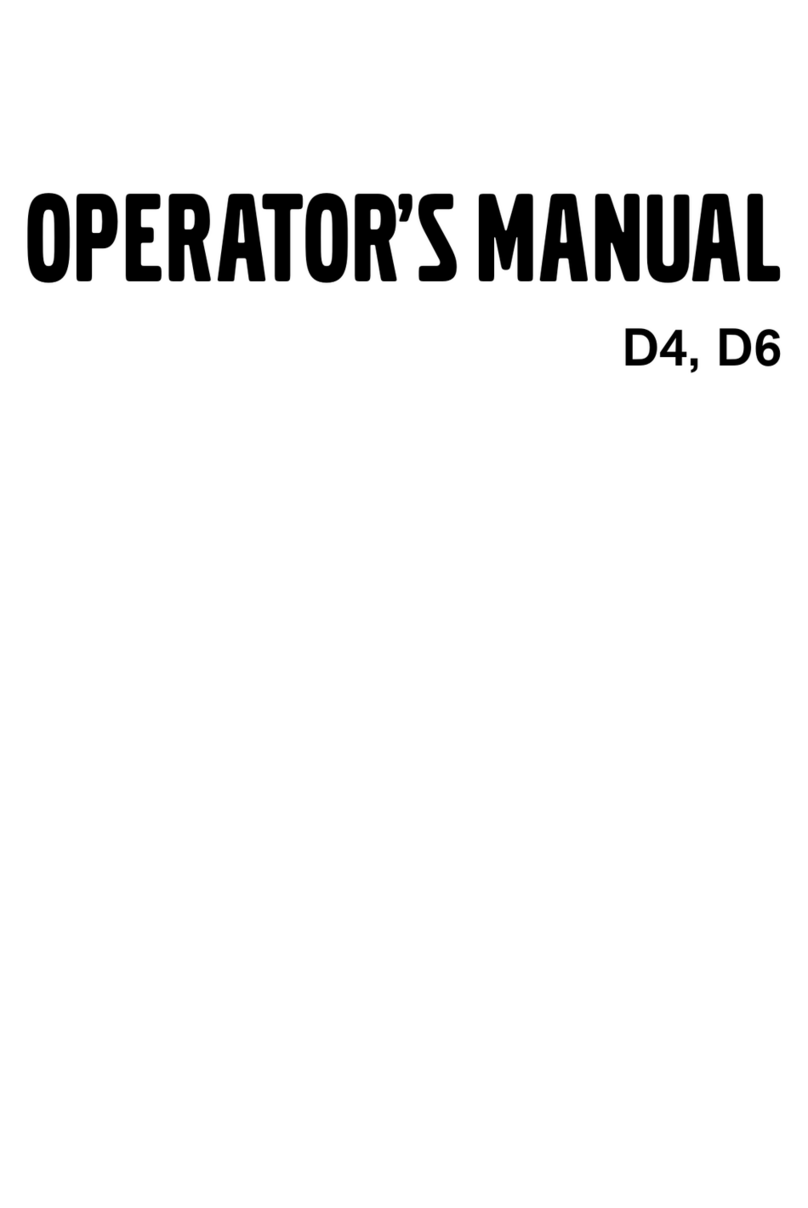
Volvo
Volvo D4 User manual

Volvo
Volvo DH10A 245 User manual

Volvo
Volvo TAD1240GE User manual

